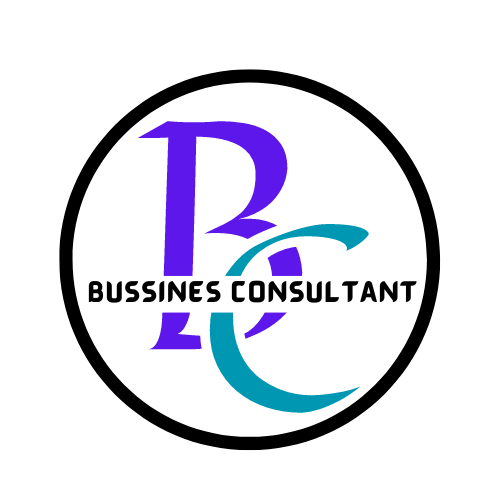Understanding Creative Industry Landscape
Diversity of the Creative Sector
The creative sector is a mosaic of various fields, each with its unique flair:
- Art: Visual artists, sculptors, and illustrators.
- Design: Graphic design, fashion design, and industrial design.
- **Music: Musicians, producers, and sound engineers.
- Writing: Novelists, screenwriters, and content creators.
Different creative fields often require varying networking approaches. For instance, a graphic designer might thrive in a visually-driven environment, while a musician could find more opportunities at live gigs or industry festivals.
Importance of Networking in Creative Careers
Networking is crucial for anyone in the creative industry. Relationships can lead to job opportunities, partnerships, and collaborations that can elevate a career. For example, many filmmakers started their journeys by connecting with industry professionals at film festivals, leading to collaborations that helped them establish their careers.
Identifying Your Networking Goals
Before diving into networking, it’s essential to define your objectives.
- Are you looking for immediate job opportunities?
- Or are you more interested in building long-term relationships with industry experts?
Being clear about your aims can guide your networking strategy and make your connections more meaningful.

Preparing for Networking Opportunities
Developing Personal Brand
A strong personal brand can set you apart. Start by crafting an engaging portfolio or showreel that showcases your best work. This not only demonstrates your skills but also allows potential connections to envision how you might fit into their projects. Additionally, maintaining a consistent online presence across social media can help establish your identity in the creative community.
Researching Potential Connections
Utilize tools and resources such as LinkedIn, industry-specific websites, and social media platforms to identify potential contacts. Focus on aligning with individuals who share your interests and values, as this common ground can pave the way for meaningful conversations and relationships.
Practicing Your Elevator Pitch
Your elevator pitch should succinctly convey who you are and what you do. Key elements include:
- A brief introduction of yourself.
- Your creative background or specialties.
- A hint about what you’re looking for.
Practice your pitch with friends or mentors to build confidence, ensuring that it feels natural and authentic.

Finding Networking Events and Platforms
Exploring In-Person Networking Opportunities
In-person events offer a great way to meet people in the creative industry. Consider:
- Conferences: Ideal for learning and meeting like-minded professionals.
- Workshops: A hands-on approach to developing skills while networking.
- Art Shows or Music Festivals: Provides a relaxed atmosphere for casual conversations.
Making the most of face-to-face interactions often means being present, actively engaging, and following up afterwards.
Utilizing Online Networking Platforms
The digital landscape is overflowing with opportunities for creatives. Popular platforms include:
- LinkedIn: Great for professional connections.
- Behance: Perfect for visual artists to showcase work and network.
Engaging in online communities can help expand your reach and develop relationships globally.
Joining Local and International Groups
Being part of associations or clubs can be beneficial. Local meetups often foster a sense of community where creatives can share insights and opportunities. Plus, international groups can introduce you to varied perspectives and potential collaborations worldwide.
Communication Strategies
Building Rapport and Genuine Connections
Making a memorable first impression involves friendliness and approachability. Techniques include:
- Smiling and making eye contact.
- Asking open-ended questions to engage others.
Active listening is equally crucial; it shows genuine interest in the conversation and helps build trust.
Follow Up and Maintaining Relationships
After meeting someone, sending a thoughtful follow-up message can keep the connection alive. You might share an article related to your conversation or express appreciation for their insights. This thoughtful touch can foster lasting relationships over time.
Encouraging Collaboration
Always be on the lookout for opportunities for mutual benefit. Recognizing how you and your connections can work together will encourage collaboration that enhances your network while also building a portfolio of joint projects.
Overcoming Networking Challenges
Dealing with Introversion and Anxiety
Networking can be daunting, especially for introverts. Here are some tips:
- Start with smaller gatherings.
- Focus on one-on-one interactions to ease into conversations.
Building your confidence before entering networking spaces can also make a significant difference.
Navigating Rejection and Setbacks
Rejection is a natural part of the networking process. Rather than getting discouraged, view setbacks as learning experiences. Each interaction offers insights that can refine your approach and help keep you motivated.
Evolving Your Networking Approach
Regularly assess your strategy and connections to ensure they still align with your goals. Being adaptable is key to thriving in the creative industry, as your networking style may need to change as your career evolves.
Conclusion
When navigating the creative industry, effective networking is about building authentic relationships, being well-prepared, and demonstrating resilience. Prioritize genuine connections, and approach networking with a mindset of collaboration and curiosity. Your next big opportunity could just be one conversation away.
Start with a smile, share your name, and a brief context of what you do. Keep it light and friendly!
A week after meeting is a good rule of thumb, but adjust based on the rapport you’ve built.
Conferences, workshops, and local art shows can all provide valuable networking opportunities.
Consider setting small, achievable goals, like initiating one conversation at each event. This can ease anxiety.
Focus on learning and engaging with the community. Attend events, ask questions, and share your enthusiasm and willingness to learn.




